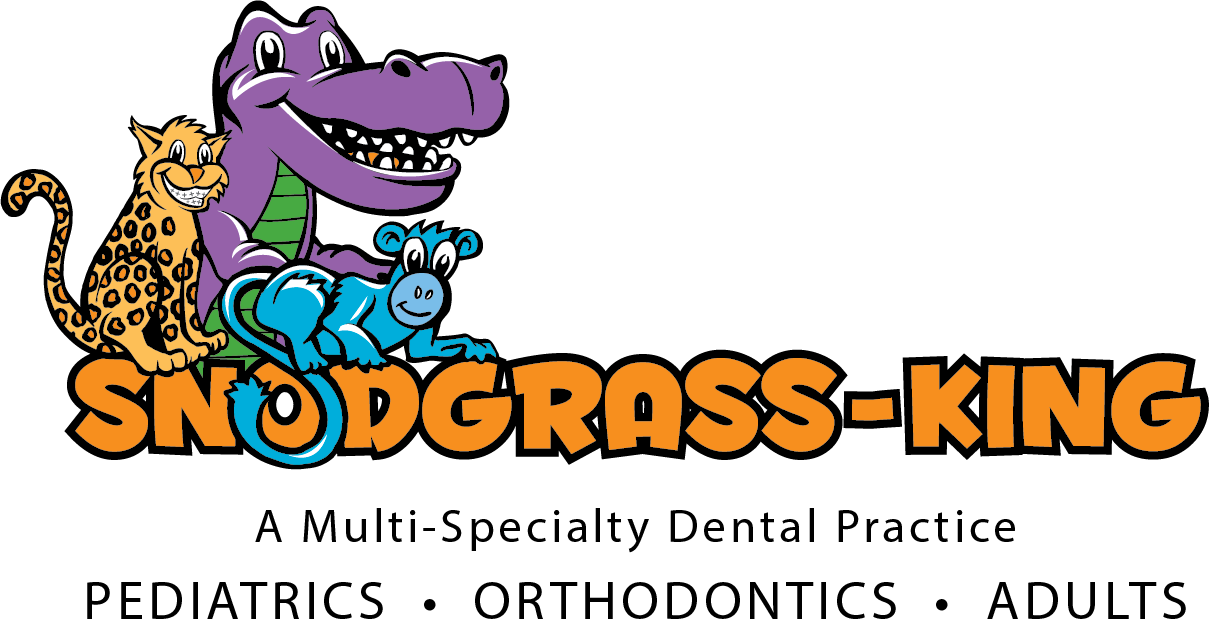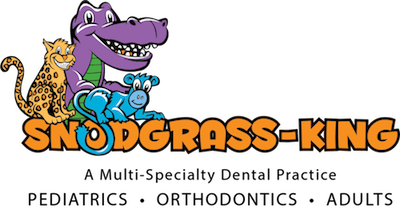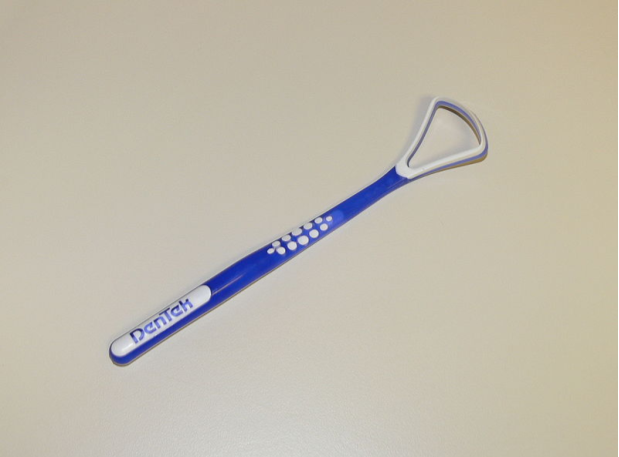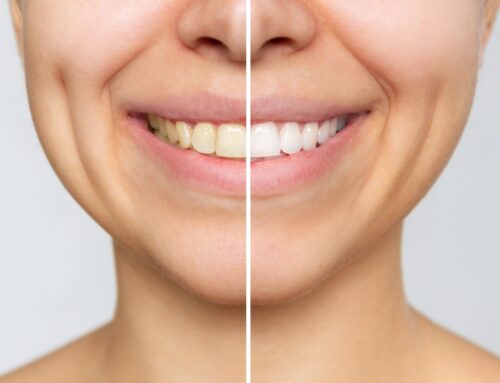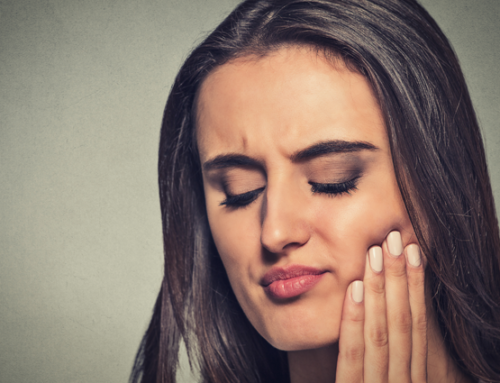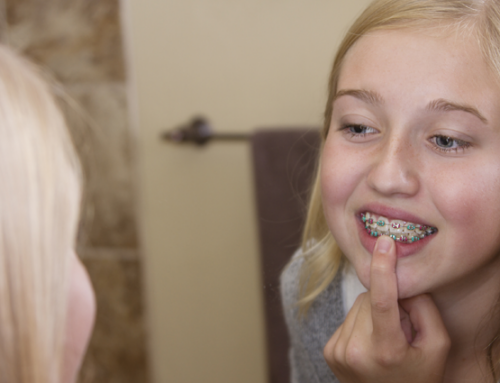Tips for Teaching Children About The Importance Of Tongue Cleaning
It’s tough getting kids to brush their teeth, but parents face another challenge. Teaching children about the importance of tongue cleaning is sometimes even more difficult. Tongue cleaning is a vital component to maintaining excellent oral health in children! A clean tongue is part of good dental hygiene, and can even impact your child’s overall health.
Why Tongue Cleaning Matters
Particles of everything we consume end up in the tongue’s nooks and crannies. Bacteria in your mouth thrive here. Just think of how it looks after a grape drink! Everywhere you can see coloring from food is an example of all the places bacteria may thrive.
Bacteria form quickly, accelerating tooth decay, causing bad breath, and even creating or worsening stomach ailments. That’s why you need to make sure you take time not only to teach your child to clean their tongue but also to clean yours!
Hairy Tongue
This occurs when there is a build-up of yeast and other bacteria. In other cases, the small bumps on the surface elongate and resemble hairs. These protrusions occur when hygiene or diet choices don’t exfoliate the tongue.
Geographic Tongue
This condition is an inflammatory condition. It occurs when the tongue is missing the small pink bumps. These patches are smooth and red areas with raised borders. It is not known what causes this, but good hygiene doesn’t hurt!
GI Disease
Oral bacteria can lead to gastrointestinal disease. Harmful bacteria in your mouth can lead to intestinal distress and, in some cases, even lead to gut and oral cancer.
Gum Disease
With large amounts of bacteria, the chances of the gums getting infected are high. Gingivitis is an inflammatory condition of the gums due to bacteria. As this progresses, it can lead to the loss of teeth.
Oral Cancer
Bacteria may destroy the tissue in the mouth over time. These tissues can become cancerous or cause tumors.
How To Clean
Kids should brush their tongues vigorously each day with a cleaning tool, such as a tongue brush or scraper. The process of keeping a tongue clean includes the following:
With a Tongue Brush
Brush actively and as far back on the tongue as possible, pressing down firmly. Rinse thoroughly, then clean the brush with hot water and store it upright, so moisture drains away.
With a Scraper
Start with the device as far back on the tongue as possible, then bring it forward while pressing down, pulling forward particles and bacteria-containing film. Repeat two or three times, rinse thoroughly, then clean the scraper with hot water. Store it in an upright position.
But how do we get our kids to clean their tongues? Here are a few tips:
- Make sure your children know that a dirty tongue is a leading cause of bad breath. Kids don’t want bad breath, and tongue brushing or scraping is an excellent way to prevent it.
- Make tongue cleaning part of their teeth brushing routine.
- Let them know a dirty tongue can lead to cavities, which might mean an extra trip to the dentist.
- Let them see you do it! You can make a big impact by showing them you clean your tongue regularly, too.
With a Toothbrush
One of the quintessential ways to clean your tongue is by using a toothbrush. Here’s how you clean your tongue by using a common household toothbrush.
- Stick your tongue out as far as you can or as far as you are comfortable.
- Start by putting the bristles of your brush at the base of your tongue. Remember to only use soft of extra soft bristle brushes to protect your gums.
- Brush back and forth along the surface of your tongue, applying gentle pressure.
- Just like brushing your teeth, spit out any extra saliva or foam from brushing your tongue.
- Make sure to brush your tongue every time you brush.
Avoiding Gag Reflex When Cleaning Your Tongue
Tongue cleaning often triggers the gag reflex in people of all ages. Some ways to help your kids from gagging include:
- Minimize gagging by teaching them to stick their tongue out as far as possible while cleaning.
- Let them see gagging is normal by showing that it happens to you when you clean your tongue, too.
- Make a game of it! “How far back can you go?” Encourage them and applaud their efforts.
Every child needs guidance and supervision to stay in good dental health. It’s important to make tongue cleaning a regular part of your dental hygiene expectations.
Is Mouthwash a Good Tongue Cleaner?
Mouthwash works well to decrease the overall bacteria and microbes in your mouth. However, mouthwash won’t do the job of removing germs, growth, or food particles from the ridges of your tongue. So, it’s safe to say that you shouldn’t rely solely on mouthwash to make sure your tongue is totally clean.
Are You Supposed to Brush Your Teeth and Under Your Tongue?
We know it’s hard knowing that you can’t just spend 30 seconds brushing your teeth really fast and then be done. But you can’t forget to clean the entire inside of your mouth. The inside of your cheeks, under your tongue, and even the roof of your mouth should be cleaned regularly.
Does Scraping Your Tongue Prevent Bad Breath?
Chronic bad breath (halitosis) can only be managed with proper oral hygiene habits. As soon as food and bacteria begin interacting in your mouth again, the bad breath will start coming back. So, in a way, scraping your tongue will help prevent extremely bad breath, but it is only temporary relief.
So, you may consider using this information to help your child build good oral hygiene habits.
Tips for Cleaning a Toddler or Infants Tongue
Cleaning a young child’s tongue may be met with a lot of resistance. Using a toothbrush or a tongue scraper can be very hard tools to use for tongue cleaning at this age. Instead, try one of these methods to begin oral hygiene at any age.
Infant Tongue Cleaning
- Wash your hands and dip gauze or thin cloth into warm water. Alternatively, you can use a soft finger brush if that works better for your child.
- Open your baby or toddler’s mouth and rub the material on their tongue with your finger. Use a circular motion and make sure to be gentle.
- Don’t forget to rub the cloth over their gums and cheeks too to remove even more bacteria.
With a baby, the goal is to remove milk residue. Milk residue is easily removed by wiping it away in this manner. If the white coating does not wipe away, your child may have thrush. Thrush is a fungal infection caused by candidiasis. You will need to make an appointment with your pediatrician if you suspect your baby or toddler has thrush.
Toddler Tongue Cleaning
- You can continue wiping your toddler’s tongue with a cloth or gauze but you can now introduce toothpaste. The amount of toothpaste should be able the size of a grain of rice. Around age 3, the amount can be increased to the size of a pea.
- Introduce your toddler to tongue brushing with a toothbrush or scraper by demonstrating it on yourself. Explain the process and let them try it for themselves. If they are able to advance to a brush or scraper tooth tool, you will still need to supervise and help them brush properly until at least age 6.
Pediatric Dental Care At Snodgrass-King
To schedule a dental care treatment for your child, give Snodgrass-King in TN a call. Our offices are located conveniently in Cool Springs, Murfreesboro, Mt. Juliet, and Spring Hill, Tennessee.
